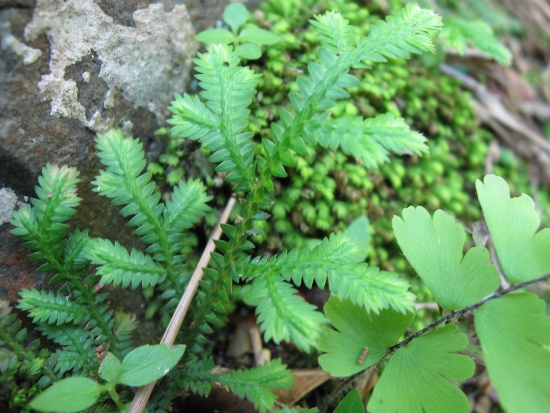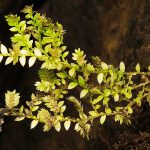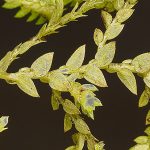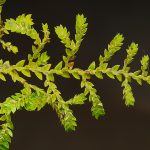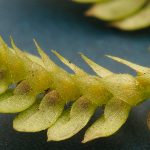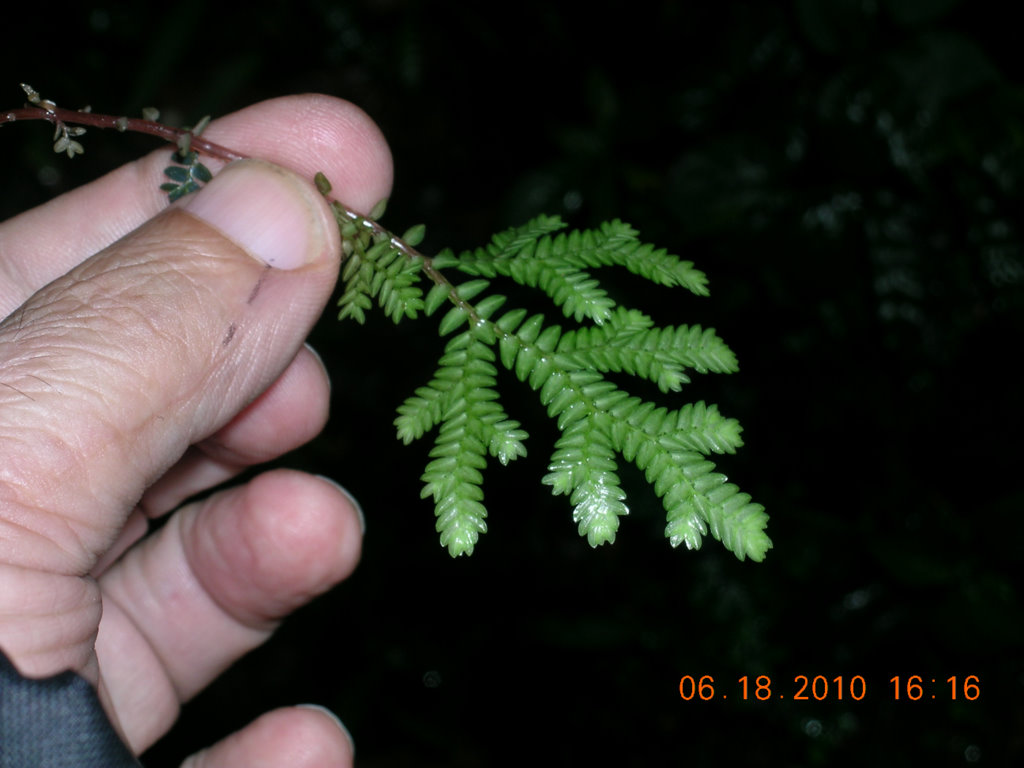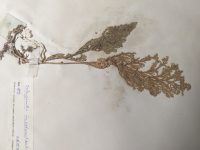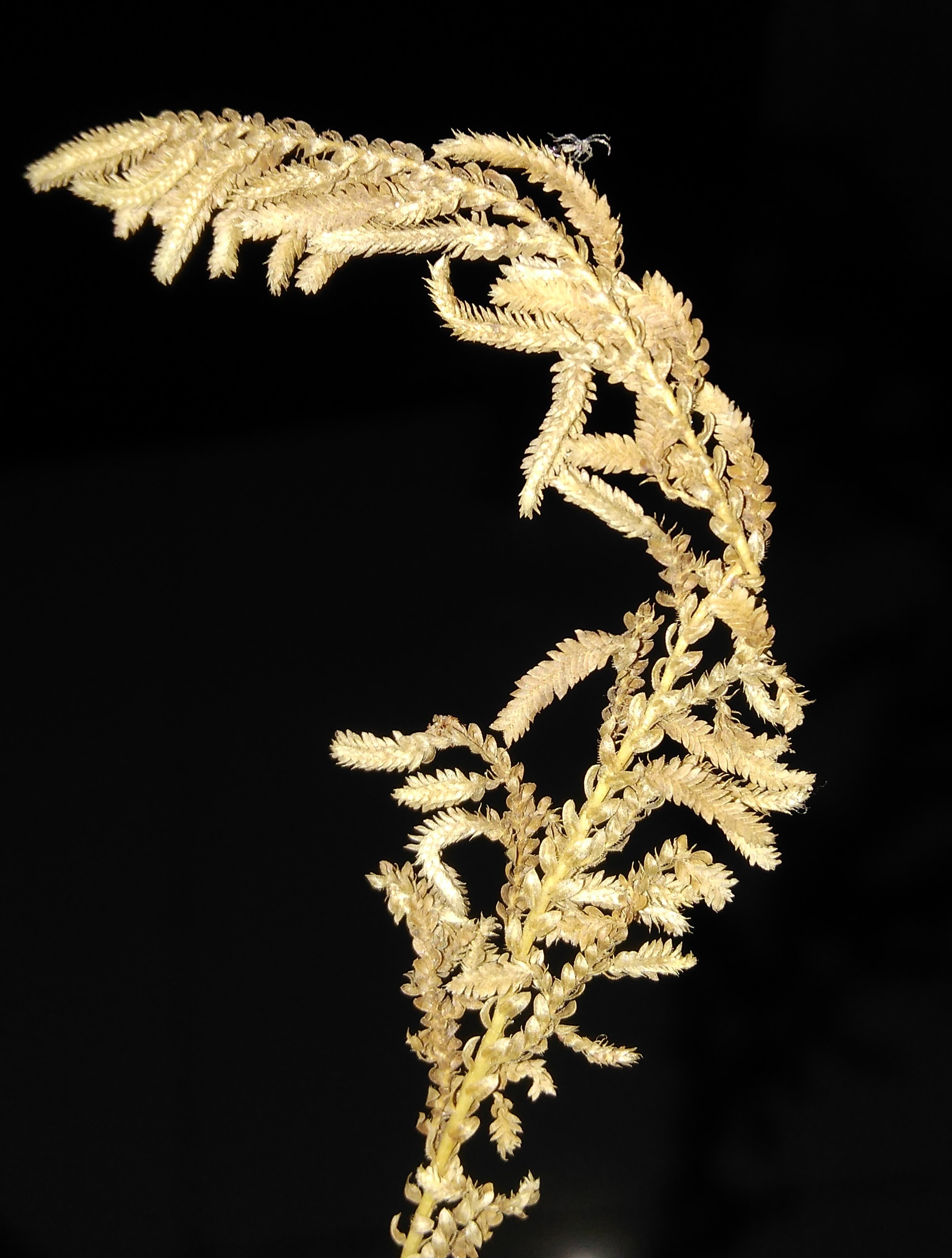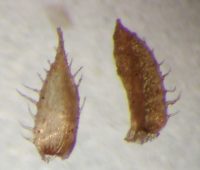Selaginella adunca A.Braun ex Hieron., in H.G.A.Engler & K.A.E.Prantl, Nat. Pflanzenfam. 1(4): 674 (1901) ;
.
W. Central Himalaya to W. Nepal: China South-Central, Nepal, Tibet, West Himalaya as per POWO;
.





Selaginella adunca: Rare and Endemic NW Himalayan Species: 5 images.
I am sharing a few pictures of Selaginella adunca, a rare and endemic species of the NW Himalayas from the Selaginellaceae family, which has not yet been discussed or listed on the eFlora of India group/site.
Botanical Name: Selaginella adunca A.Braun ex Hieron.
Distribution: India (H.P. and U.K.) and Nepal
Habitat: Rock crevices, both open and shady semi-moist/dry slopes.
Place of Shot: Bilaspur, H.P. (Cultivated at Hamirpur, H.P.)
Date: 04 April, 2024
c. 1700 m., on open, S.-facing, dry rock-ridge by grassy slope beside new road N. to Malpa from Tawaghat, c. 1 km. N. of Pangola, c. 15 km. N. of Tintola, c. 25 km. (by new road) N. of Tawaghat, N. of Darchula and Pithoragarh, on west side of Kali river valley, Pithoragarh District, Uttarakhand, India. CRFJ, 23.11.1994.
21723 (FN 390). Selaginella pulvinata (proposed to be the original “Sanjeevani” herb of Valmiki’s Ravanala, see Fraser-Jenkins, Indian Fern J. (2010), I find it has a slightly bitter taste, CRFJ 2012). PC. Mostly dried and curled up to form brown tennis-ball-like spheres, but soaking opened them up to form flat rosettes. My photos 283 (200-02): 0845-0868.
Have you managed to keep it going through a whole year? Those dry-loving species are rather tricky to cultivate I imagine.
.
References:
POWO Catalogue of Life GBIF (High resolution specimens) India Biodiversity Portal
A taxonomic revision of the genus Selaginella (Selaginellaceae) from Nepal– October 2019 Phytokeys 133(4):1-76- Aleksandr Petrovich Shalimov, Yu-Dong Wu, Xian-Chun Zhang (Abstract: The present paper deals with the taxonomy of Selaginella from Nepal based on the examination of herbarium collections housed in major herbaria of Europe and Asia (with additional collections from virtual herbaria). A total of 25 species are recognised here, while Selaginella trichophylla and S. laxistrobila are two new records for the Flora of Nepal, India (Sikkim) and Bhutan; Selaginella monospora var. ciliolata is synonymised to S. trichophylla; detailed descriptions, distribution and ecology and IUCN conservation status assessments (based on literature) are presented. For most of the species, illustrations of the leaves and strobili are provided for identification of the morphologically similar taxa)









